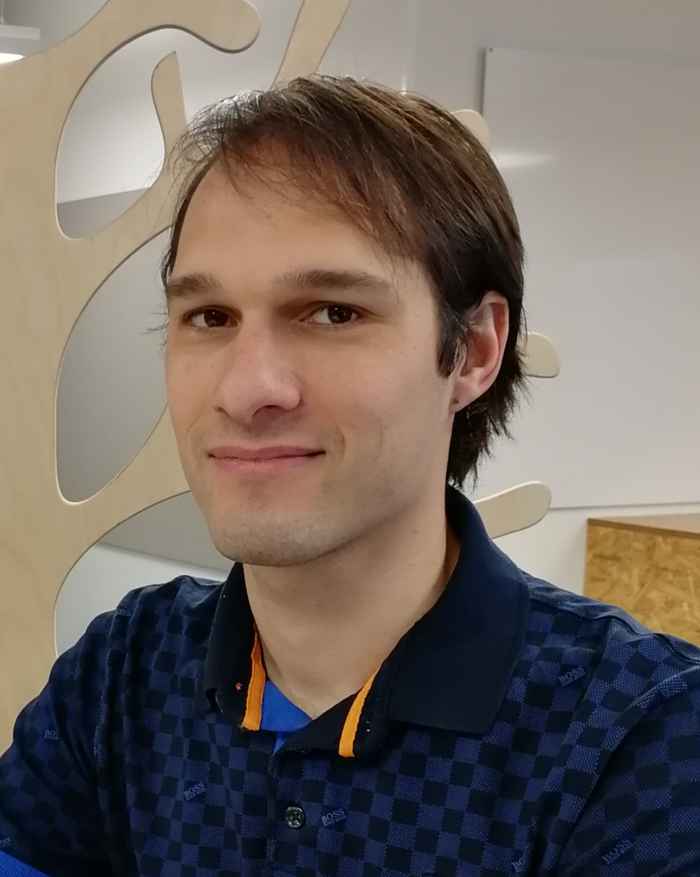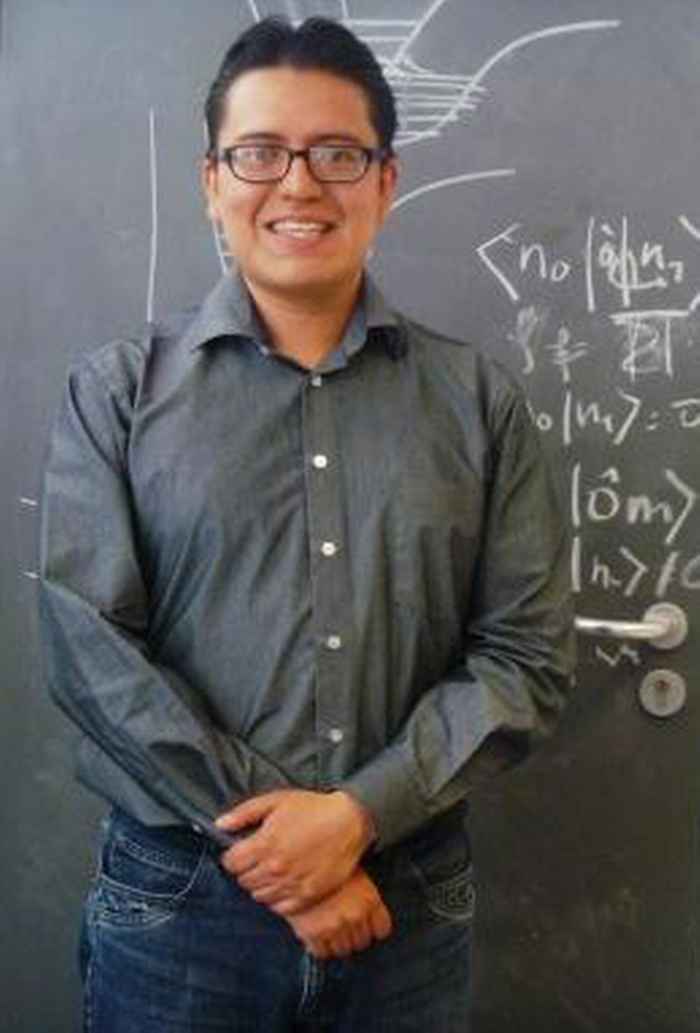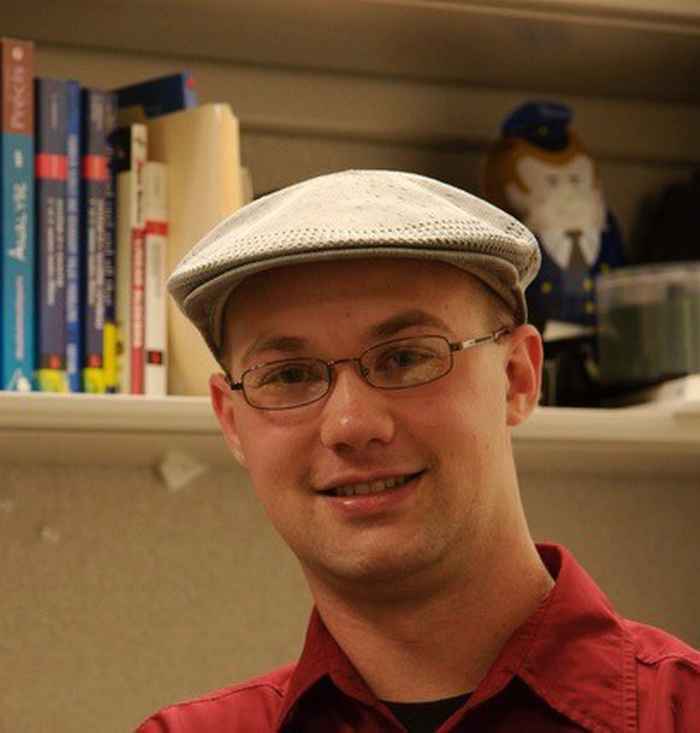Three new HRSMC Fellowships awarded April 2019

Red-light-triggered content release from liposomes via co-localized triplet-triplet annihilation upconversion
Guest: Dr. Nikita Durandin (Tampere University, Finland); hosted by Prof. Sylvestre Bonnet (Leiden University) and Prof. Fred Brouwer (University of Amsterdam)
2 Visits, 3 months in total
Red light offers a lot advantages for drug delivery systems such as deep tissue penetration, high temporal and spatial control. However, most of triggering mechanisms are unfeasible for non-coherent, low power density red light because of it’s low photon energy. In this regard, in vivo conversion of red/near infrared light into visible/UV range is of great interest as it allows phototriggered drug release and bioimaging deeper in the tissues with less phototoxicity. In the project a triplet-triplet annihilation upconversion followed by Förster resonance energy transfer will be applied to trigger drug release mechanisms from liposomes that were previously unfeasible for red-light activation. As a result, the state-of-the-art liposomal system capable to perform controlled drug release upon safe, non-coherent, low power red light excitation will be developed.

Theoretical Study of the Oxidative Addition of Heteroatom Trihalides to a Pt(0) Complex Using Activation Strain Analyses
Guest: Dr. J. Oscar C. Jimenez-Halla (Universidad de Guanajuato, Mexico),
hosted by Prof. Dr. F. Matthias Bickelhaupt (Vrije Universiteit Amsterdam).
In organometallic chemistry, the element–halogen bond activation in reactions of heteroatom trihalides and metal complexes plays an important role for controlling the course and yield of a reaction and has been exploited industrially for decades. The aim of this project is to obtain insight into the underlying physical mechanisms in the electronic structure of the reactive species in order to explain when the oxidative addition will take place and when not and how to control this. The fundamental nature of our research question implies that insights obtained are likely to be portable to reactions involved in other catalytic cycles that lie beyond the scope of our particular set of model systems. We will apply the insights and models developed in this HRSMC project through a direct collaboration with the experimental inorganic chemistry group of Prof. Dr. Holger Braunschweig at Würzburg University.

Developing a framework to understand switching between different transitions
Guest: Dr. David Swenson, Postdoc, École Normal Supérieure de Lyon ,
Hosted by Prof. dr. P. Bolhuis and Dr. J. Vreede
2 Visits : total of 2 months
Transitions in molecular systems frequently require timescales that are not accessible by direct simulation, and therefore require advanced methods to simulate. Transition path sampling is a powerful technique for the study of such transitions. It focuses the computational effort on the transition itself, avoiding long waiting times in stable states. However, in complex systems, multiple reaction routes are often possible. With transition path sampling, switching between these routes may occur, which severely complicates the sampling process. During the visits of dr. Swenson, we plan to develop a simulation framework to address the switching between different channels. One of the outcomes from such simulations is the relative probability of the stable states and the relative probability of each route. The simulation framework will be implemented in OpenPathSampling, a software package developed by dr. Swenson. We will test the framework on toy models as well as on biomolecular systems relevant to the research in the group of dr. Vreede and prof. dr. Bolhuis.